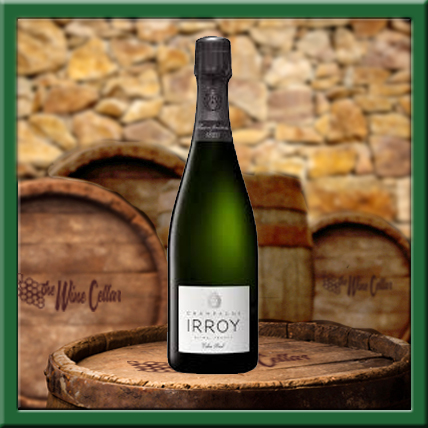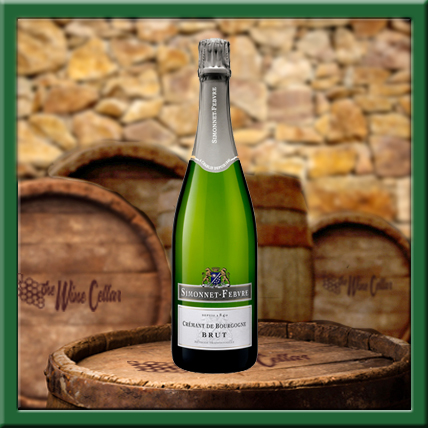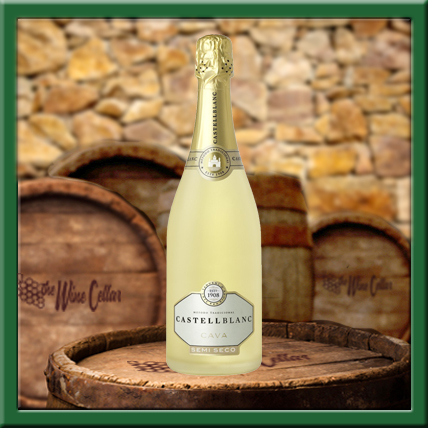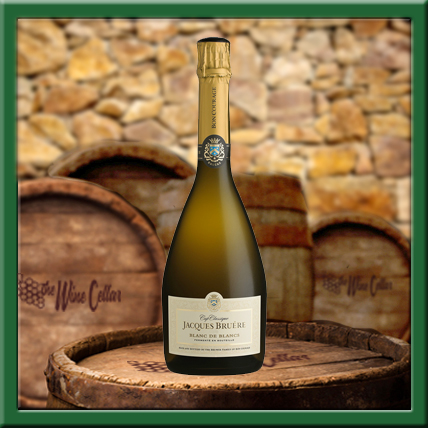We all tend to gravitate towards the bubbles for special occasions, and Champagne is the gold standard. But with production of Champagne restricted in 2020 due to concerns over Covid-19 and its impact on consumer demand (yields have been limited to 8,000kg of grapes per hectare, from the usual yield limits of around 10,000kg), availability on the shelf will surely be affected. Luckily, there are some lush alternatives to be had.


Flying quite under the radar on Manx soils, although gaining popularity in the UK, is Crémant. There are eight different regions in France that produce this style of fizz, including the well-known Burgundy, Alsace, Loire, and Bordeaux areas. Made in the same way as Champagne (methode traditionelle), which essentially means that the secondary fermentation occurs in the bottle rather than stainless steel vats (like Prosecco), you get all the rich texture and creaminess that Champagne can offer, but at a lower cost.
Simmonet-Febvre, a Maison in Chablis that has been producing traditional method wines since 1840, are a great reference point, with their 60% Chardonnay, 40% Pinot Noir Crémant delivering fresh, citrusy aromas, and a delightful, fine mousse on the palate. At £22.45, you can’t go wrong.
Unfashionable, belonging to the ‘80s, boring… Cava has been the butt of wine-jokes for too long. Nowadays, re-energised by the popularity of Prosecco, you can find some very good quality Cavas. Again, made in the traditional method, it usually occupies a more affordable market-space than Champagne, and so therefore you’ll usually find it in a slightly more ‘commercial’ style (more fruit-driven, often slightly sweeter). Categorised by dryness (going from the driest, Brut Nature, to Extra Brut, Brut, Extra Dry, Dry, Demi-sec, to the sweetest, Dolce), there’s a style for all palates, and with Cava still lingering in the background in terms of demand, it’s a great choice for the savvy customer.


Making quite a splash since its arrival in our shop, is Methode Cap Classique, from Jacques Bruere in South Africa. Arguably the closest to Champagne of all the wines mentioned, the Blanc de Blancs really matches the typical flavour profile, with yeast, lime and citrus notes prominent, while the Rosé offers lemon, raspberry and red berry notes, underpinned by a real minerality. In terms of bang for your buck, it’s hard to look past these two.
So, if you notice your favourite Champagne is harder to get over the next few years, don’t fret. You never know, you might just find a new favourite at a fraction of the price.

